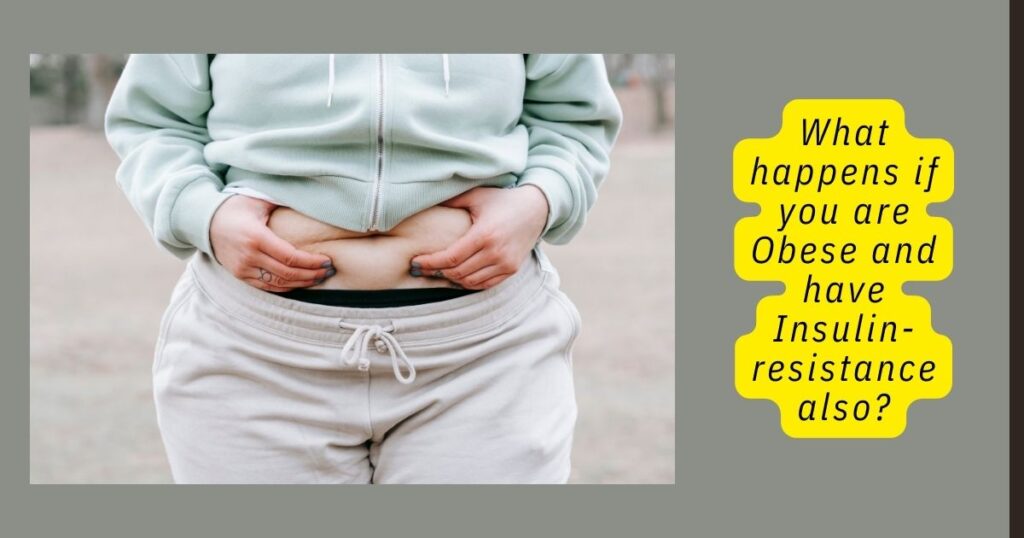Obesity is indeed a triggering factor for diabetes and diabetes associated with insulin-resistance. They both have interconnection and the presence of obesity is responsible for the release of certain hormones and other substances that directly contribute to the development of insulin-resistance.
What is Insulin-resistance?
Insulin-resistance happens when cells in your muscles, fat and liver don’t respond to the insulin produced by the pancreas. Insulin is a hormone necessary to regulate blood glucose (sugar) levels. Insulin-resistance is also called as impaired insulin sensitivity, Insulin resistance can be temporary or chronic and in some cases can be treated.
Functions of Insulin
One of the essential roles of insulin in the human body is its interaction with glucose. This interaction allows the cells of the body to use glucose as energy. The beta cells of the pancreas produce more insulin as a response to a spike in blood sugar levels which usually occurs after eating a meal. Insulin helps to open up the cells in the body to allow for glucose to be used as an energy source.
Then there is this associated function of Insulin – When there is excess glucose in the bloodstream, insulin encourages the storage of glucose as glycogen in the liver, muscle, and fat cells. That is Insulin helps glucose in the blood to enter the muscle, fat and liver cells. This helps them to use it for energy or store it for later use when needed. So essentially Insulin helps to build energy stores. These energy stores are utilized by the body at a later date when energy requirements spike.
The above two essential functions help in the restoration of normal blood glucose levels in the blood.
What happens when the functions of Insulin is impaired?
For many reasons, your muscle, fat and liver cells can respond inappropriately to insulin. This means the essential 2 functions of the insulin as outlined above are impaired. The effective taking up of glucose from the blood and storing it is not efficient. As a result of this, the pancreas works more to make more insulin attempting to overcome the increased blood glucose levels in the blood. This condition is termed hyperinsulinemia which is the medical name for insulin-resistance.
When the additional insulin made by the pancreas can compensate and overcome the blood sugar levels, the body stays healthy. If your cells become too resistant to insulin, that is when insulin-resistance takes place.
How to check if you have insulin-resistance?
- When people doubt their erratic blood sugar levels despite their diabetes medication, exercises and proper lifestyle, they should doubt the existence of Insulin-resistance. But unfortunately, most are generally unaware about insulin-resistance.
- Presence of central obesity or abdominal obesity, high triglyceride levels, low HDL levels, presence of hypertension, getting many skin tags in the neck region, velvety black patches on the skin particularly in the thigh region are some of the symptoms that people with insulin-resistance show.
- People who take more carbohydrate and junk foods, who lead unhealthy lifestyle, who take psychiatric medicines, women with PCOS are more prone to get insulin-resistance.
Complications of Insulin-resistance
The complications of insulin-resistance include uncontrolled diabetes, kidney diseases, eye problems, and higher incidence of cancer.
Overcoming Insulin-resistance
- Reducing the body weight by doing a minimum of 45 minutes of brisk walking, or other workouts that you like.
- Reducing the hip size, for male within 90 cm and for females within 80 cm
- Maintaining a healthy, balanced diet and cutting down on junk foods, foods made of simple carbs and including fiber in the diet.
- Adopting intermittent fasting, adopting a paleo diet with proper doctor’s consultation can help when the condition is worse and warrants immediate attention.
